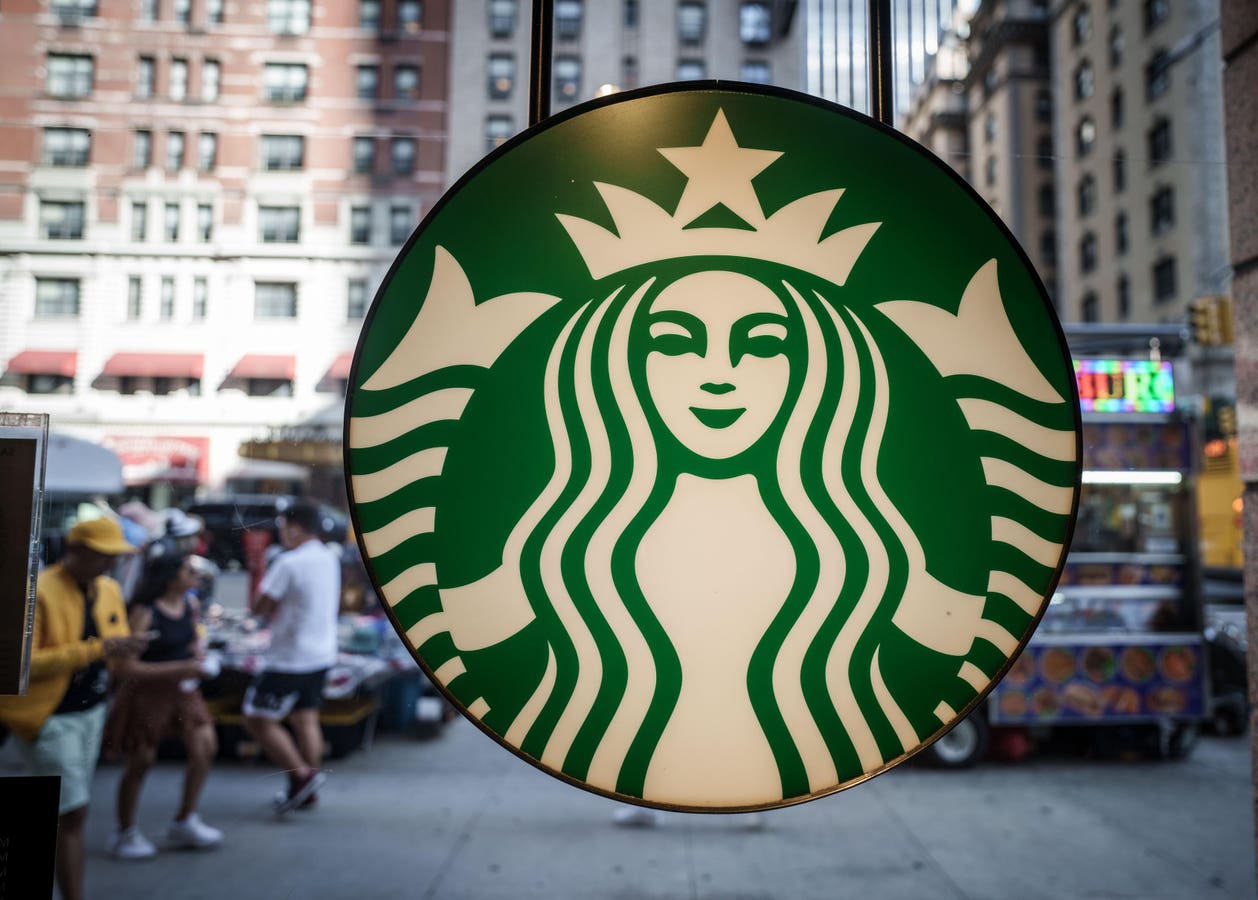A few major foodservice retailers have been dropping their prices, following moves in other sectors of retail like grocery to lean toward discounts as cash-strapped customers continue to struggle with inflationary prices. One of them, Starbucks, is taking some heat for it.
In the wake of Starbucks’s recent earnings miss, which included a 4 percent drop in same-store-sales, the Harvard Business Review published an article stating unequivocally its belief that the coffee chain has “devalued its own brand.” The article argues that the chain has moved away from customer experience and toward efficiency and volume, commoditizing itself through a reliance on discounts and other value-oriented strategies (the article takes particular umbrage at the recently-announced value menu). Such moves, for HBR, exceed the bounds of the chain’s brand permission—it’s no longer focused on giving customers seeking a sophisticated, personal in-store experience what they’re looking for. I am not so certain this accurately describes what Starbucks is looking at.
Yes, Starbucks is facing a different set of circumstances than McDonald’s or Burger King, both which recently announced the introduction of new value menus and both which have all the brand permission in the world to go cheap, if not the outright customer demand to do so (in fact, attempts to move up-market like McDonald’s Signature Crafted Recipe line have been notably ill-fated). Yes, Starbucks has to provide something affordable for its customer within the parameters of its brand. A Starbucks customer may have a higher expectation than someone visiting the Golden Arches, but I simply can’t imagine, in this day and age, customers feeling slighted for not being charged enough for a cup of coffee.
Starbucks, I think, is recognizing a reality driven by a number of factors, including inflation, and might have an option for going even farther into value territory without compromising its existing appeal.
Starbucks: The New Dunkin’, Dare I Say? (Not Exactly…)
After spending decades branding itself as relatively upscale and experience-driven (with its fully-upscale Roastery concept on top of that) it might be jarring to see Starbucks veering closer to coffee-and-donut territory along the lines of Dunkin’. Yet plenty of Starbucks regulars—especially mobile customers, travelers or in-and-out customers on the way to work—have a relationship with the chain that treats it more as a high-quality Dunkin’ than a “third-place” to hang out.
While I’ve heard nothing about Starbucks having aspirations precisely in this direction (and while my argument might make those arguing that Starbucks has already devalued its brand hit the ceiling like they just drank a quadruple shot of espresso) the new value menu has me wondering if there might be room for a down-market Starbucks concept with different branding, to appeal to just that client base.
Starbucks has tested, learned and played with offerings outside of its perceived brand permission before with its (perhaps a little notorious) Stealth Starbucks locations. Those stores, which were all shuttered by the end of 2019, were coffee shops that gave the impression of being mom-and-pop shops with no Starbucks branding (besides the discreet placement of the phrase “inspired by Starbucks”) and with their own unique names, looks and feels, but were Starbucks store concepts nevertheless. Customers, naturally, were not always thrilled at discovering they had been secretly seduced by the Starbucks siren, believing they were buying their brown bean brew from an indie. Nevertheless such a model for experimentation could help Starbucks find their way to a low-price side-concept, to find out exactly where the gap exists between Starbucks’ main-line offering and purveyors like Dunkin’ and if they can fill it.
A Different Place Instead of a Third Place
This doesn’t mean that Starbucks should give up on its experience entirely and become a glorified donut shop. It means that Starbucks has a couple of different customer bases that it can define, and can work on finding new ways to meet each of their needs. Conversely I’m not certain that trying to full-on out-compete the mom-and-pop experience, with mom-and-pop coffee shops now replacing the “third-place” Starbucks aspired to be, is the right path to reinvention.
As I’ve said before, I’m not claiming that Starbucks is ready for an immediate bounce-back. There are still big things it has to figure out. But as for HBR’s contention that a return to the days when baristas were “key actors in the experience” will be key to Starbucks reinventing itself, I’m not sold on that either. I simply don’t believe that if you plopped down a 2004-era Starbucks in a 2024 city, that those who have abandoned the chain would flock to it for the experience of a quirkily-spelled named on a cup (especially not those who just can’t afford the coffee there!).
Starbucks needs to assess its appeal today, retain the elements of its appeal that still work and find new ones. I think lower prices are a necessary step in the right direction for the chain, though it’s not the move that will make customers ask the more important question: “why Starbucks?” That will take more work. As recent stock performance indicates, it’s not a great place to be in—but I don’t see trying to relive the past as a better option than trying to figure out the future.
Starbucks had not responded to a request for comment from Forbes.com at the time this article was published.
Read the full article here





